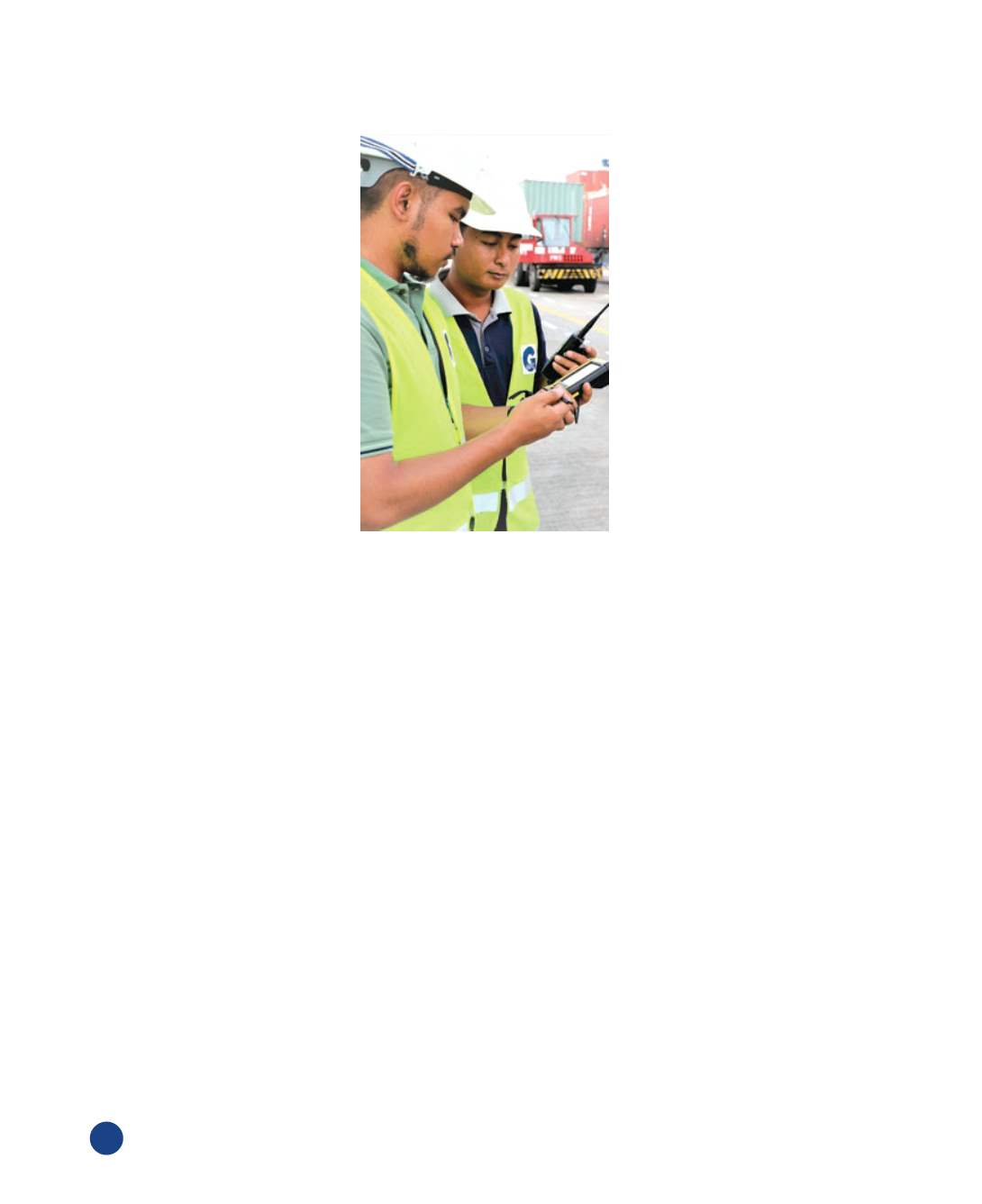

152
Borneo Bulletin Yearbook 2020
Since the system’s introduction and based on a
report shared with MPC by its clients, Muara
Port excels in terms of speed, efficiency and
performance among the region. MPC strives
to maintain its high quality service provision
by constantly evolving with technology and
its revolution.
Link in Belt and Road initiative
The establishment of MPC is the outcome of
the Brunei-Guangxi Economic Corridor (BGEC)
to boost bilateral trade and investment, in line
with the Belt and Road initiative.
Developing Muara Port is important for the
BGEC, and the establishment of MPC marks the
beginning of flagship projects to be continuously
developed between Brunei and China. Formerly
known as the Agro-Technology Park, Brunei’s
Bio-Innovation Corridor was launched as the
core special economic zone to nurture BGEC’s
value-added strategy.
Through BGEC, third-party countries can utilise
Brunei as a launch pad to access the China
market, positioning Brunei as a gateway in the
region in the pursuit to capitalise the Belt and
Road initiative.
Development Projects
The Department of Civil Aviation, Ministry of
Transport and Infocommunications has imple-
mented several projects to expand the connec-
tivity and infrastructure of its air transportation
system, in compliance with the international
standards and best practices.
One of the department’s projects involved
the expansion of Brunei International Airport
Terminal. As part of the project, the number of
check-in and immigration counters was doubled.
The airport’s handling capacity increased from
1.5 million to three million passengers annually.
Another project included the airfield pavement
rehabilitation works at Brunei International
Airport. Completed in 2017, the project aimed to
improve the strength of the runway pavement
and cater for larger aircraft.
The completion of these projects will
contribute in realising the department’s
visions that include being at the forefront of
aviation safety and meeting the challenges
of managing the increasing number of flights,
passengers and cargo.
Brunei International Airport currently serves six
airlines with 31 city pairs (scheduled flights).
Previously in 2018, the airport linked only 22
cities. The volume of air traffic for the country
is expected to grow with the increasing number
of destinations. In the third quarter of 2019, 1.6
million passengers were recorded, a 16 per cent
increase over the same period in 2018.
All this would allow them to be more competitive
in their fields which in the end would benefit the
consumers in the long run.
Other facilities and services at the terminal
include freshwater supply, mooring and
unmooring services, berth space for vessels and
conducive areas for cargo handling and transfer.
MPC intends to develop the port further and
render more services in its support for the
industry and its development. It is hoped that
a well-integrated and comprehensive logistics
network would entice more foreign direct
investors (FDIs) to set up businesses in Brunei
to diversify its economy, in line with Brunei
Vision 2035.
Terminal operating system
In line with the country’s Smart Nation goals
and keeping abreast with the Fourth Industrial
Revolution, MPC is committed to serving the
demands of digital transformation, particularly
through the introduction of a terminal operating
system called TOPS 5.
Launched in 2018 and stabilised soon after
its rollout, the system is designed to assist in
managing the container terminal operations
from vessel and terminal yard planning to the
monitoring of on-site operations at real time to
ensure efficiency and productivity.
Operational reports are generated to allow
further enhancements through evaluation
and analysis. This ensures quality service
provisions are rendered at all times.
Peripherals and instrumentations used at
the terminal, control centre and the fleet
are among the latest and the best in the
region, allowing seamless and uninterrupted
operations at the terminal.









